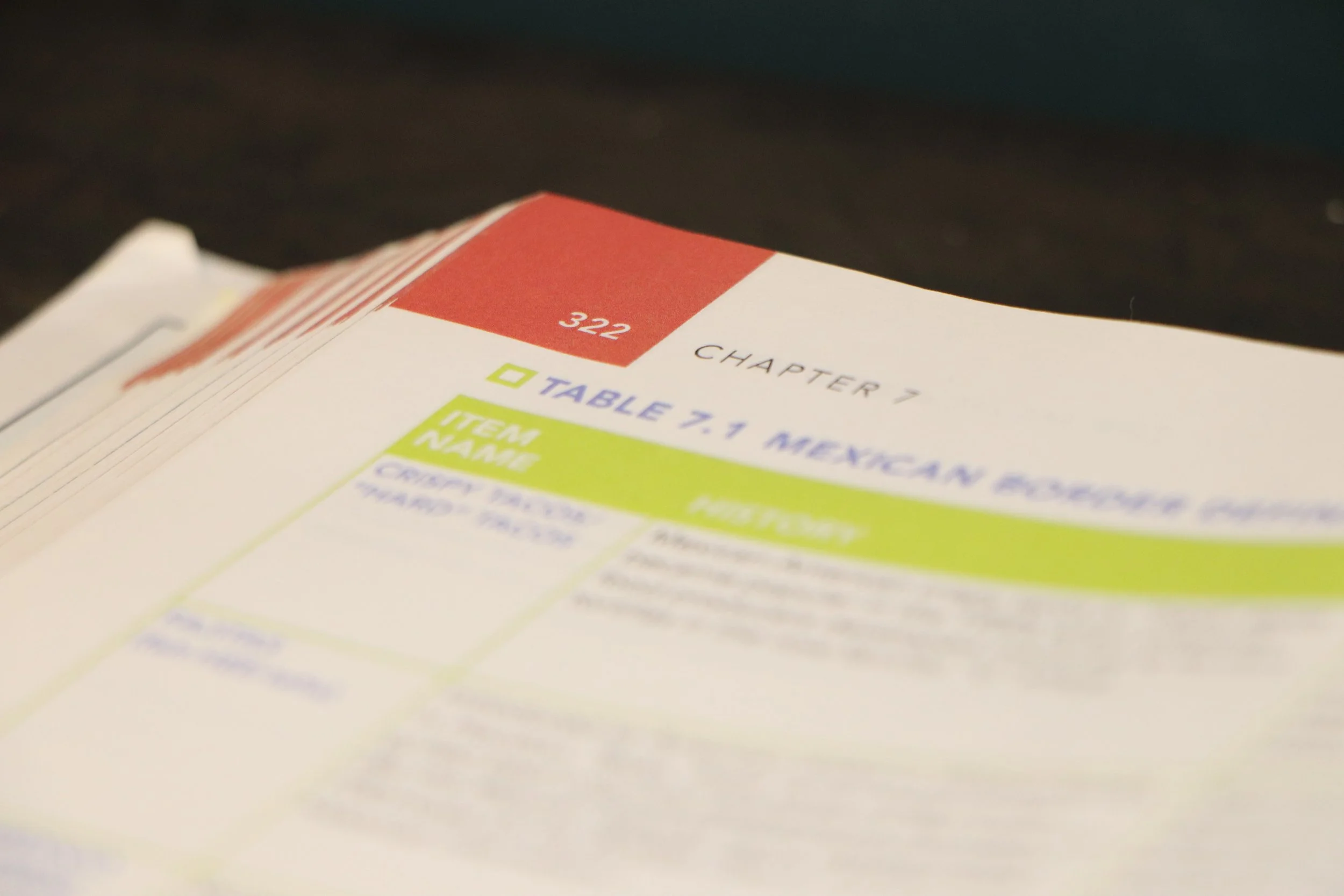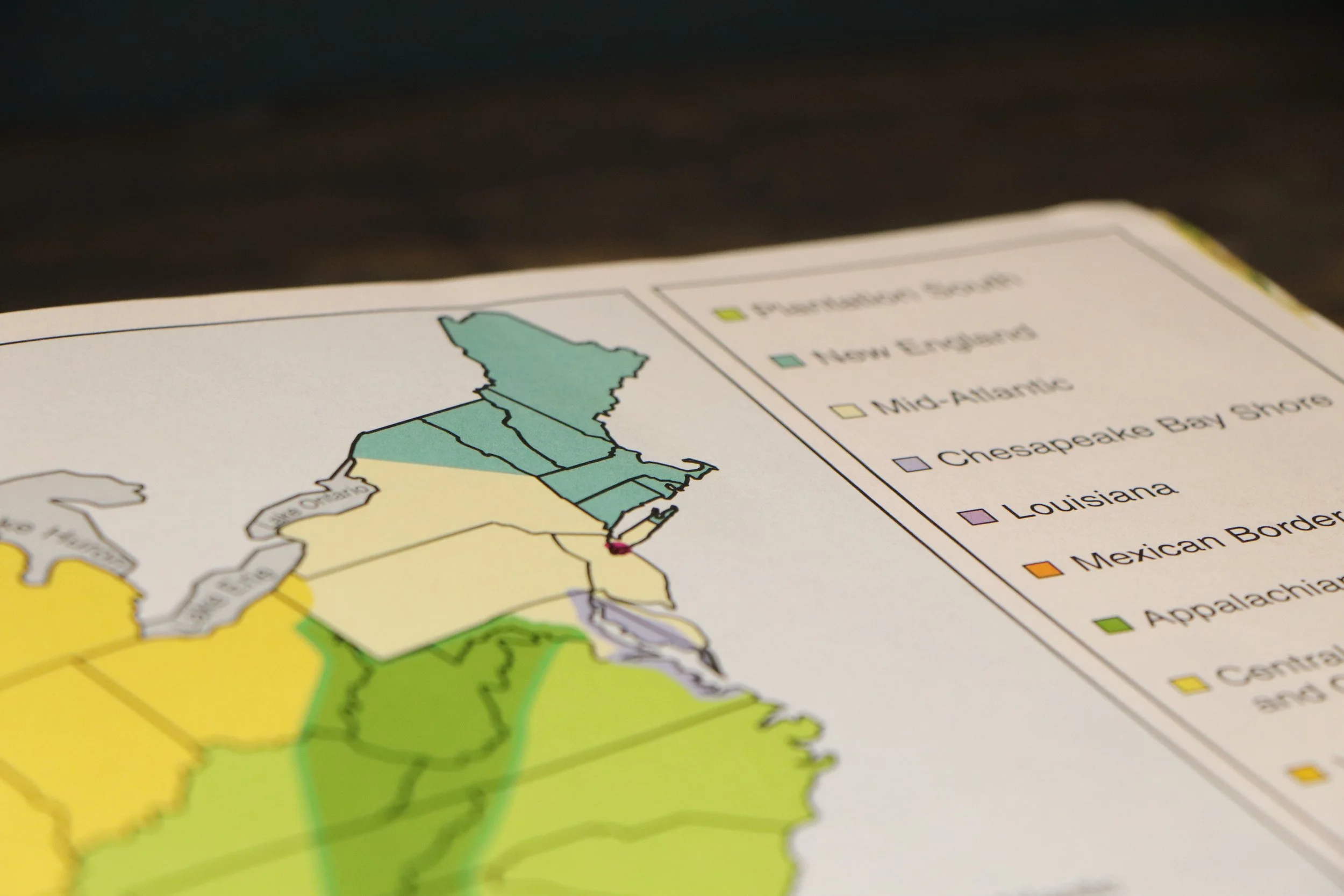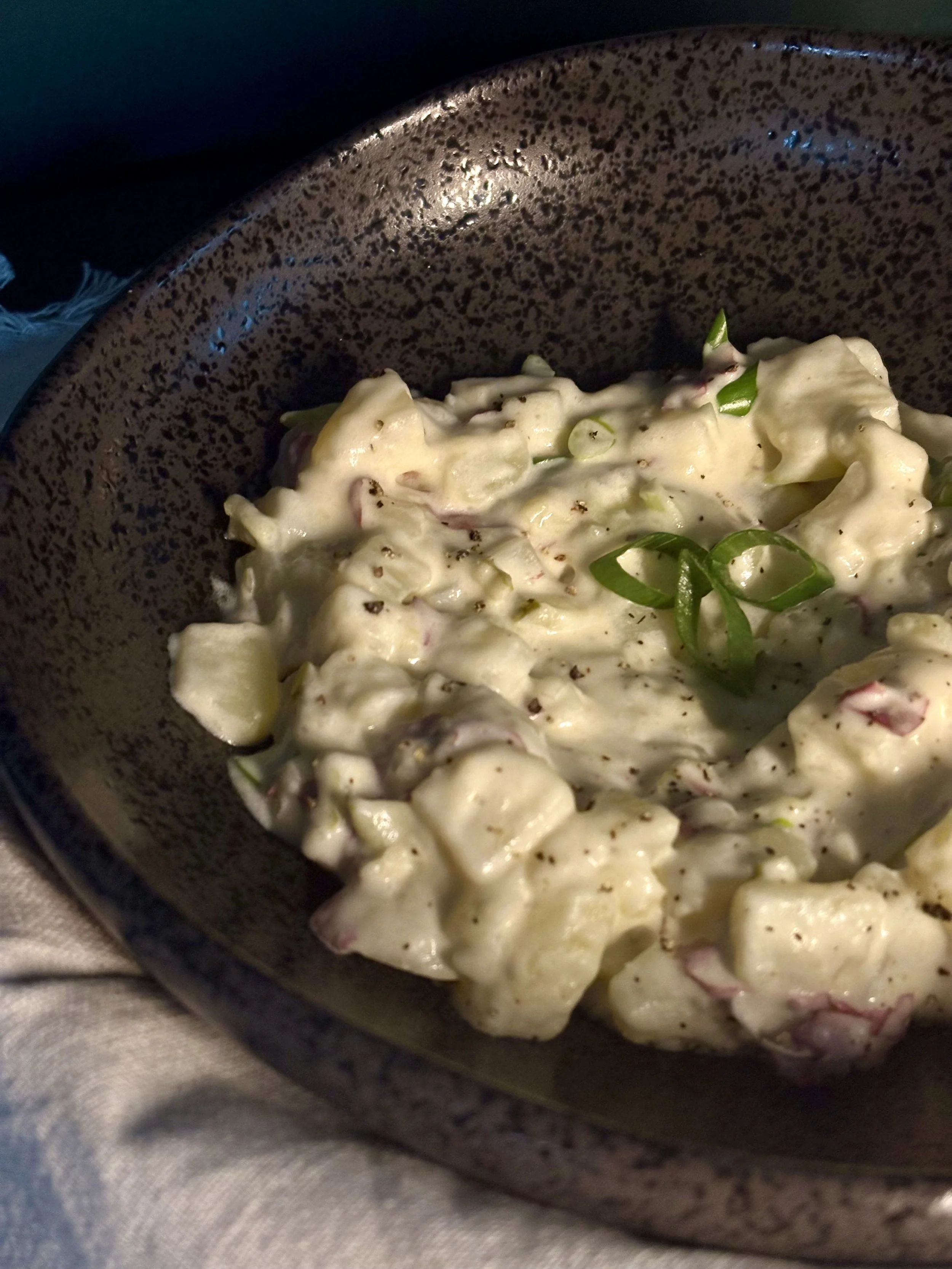Cookbook Review: American Regional Cuisines by Lou Sackett, David Haynes
"This post contains affiliate links. As an Amazon Associate, I earn from qualifying purchases at no extra cost to you".
First Impressions
This cookbook not only shares recipes but shares the stories and culture behind them. I wished I could have seen more photos of the dishes in this book. This book is not a quick read but an in-depth look behind the scenes of the where the food from the American culture came from and why.
Example of the color coded regions in the book
What’s Inside
If you were to read this line only, I would want your takeaway to be that you can buy this book as a history book or a cookbook and learn equally from both. The cookbook is set up in a way where most recipes have a master recipe as well as a component recipe which shows you what you need to plate the item. There are 16 chapters, including an introduction, followed by a glossary and a recipe index. This book is full of cultural foods from the past and present with the stories behind them.
Recipes I have Tried
Boston Brown Bread
This recipe turned out perfectly moist and full of flavor while holding its shape. The Author wrote this as a detail-oriented recipe because it was more complex and step by step instructions were a must have. This bread was hearty, and the molasses gave a earthy tone that was delightful. I would try this recipe at home; it is more of a neutral family friendly recipe while still pact full of flavor.
Smashed Redskin Potato Salad
This recipe was packed full of flavor
Smashed Redskin Potato Salad
This recipe plated up beautifully and delivered. The author wrote this recipe short and concise. One thing I would add to this recipe is that the potatoes would cook evenly if they were all equal in size. If not, they finish cooking at different times and need to be closely watched. The flavor in this recipe came from the pickles and brought a new flavor dimension to the potatoes. I personally would not serve this recipe to kids as it has lots of acid and mayonnaise which is not typically a taste kids will love.
Pros
Recipes are clear and concise while also showing detail where is needed
The master recipes help prepare the Chef (or home cook) what to save ahead of time to plate this dish later.
Cons
Photography is outdated
The food is not diet inclusive ( does not have many recipes for the vegetarian, gluten free, or vegan community or how to substitute for them.)
Final Thoughts
This cookbook is great for the classroom whether homeschooler or college student as well as the person who loves history and cooking. I would recommend this to the avid reader and learner. This book brings appreciation to the food while teaching you how to make it without overly complicating. I give this book a 4/5 stars, if it had more kosher or even vegetarian recipes it would appeal more to me.
Rating: ⭐⭐⭐⭐☆ (4/5)




